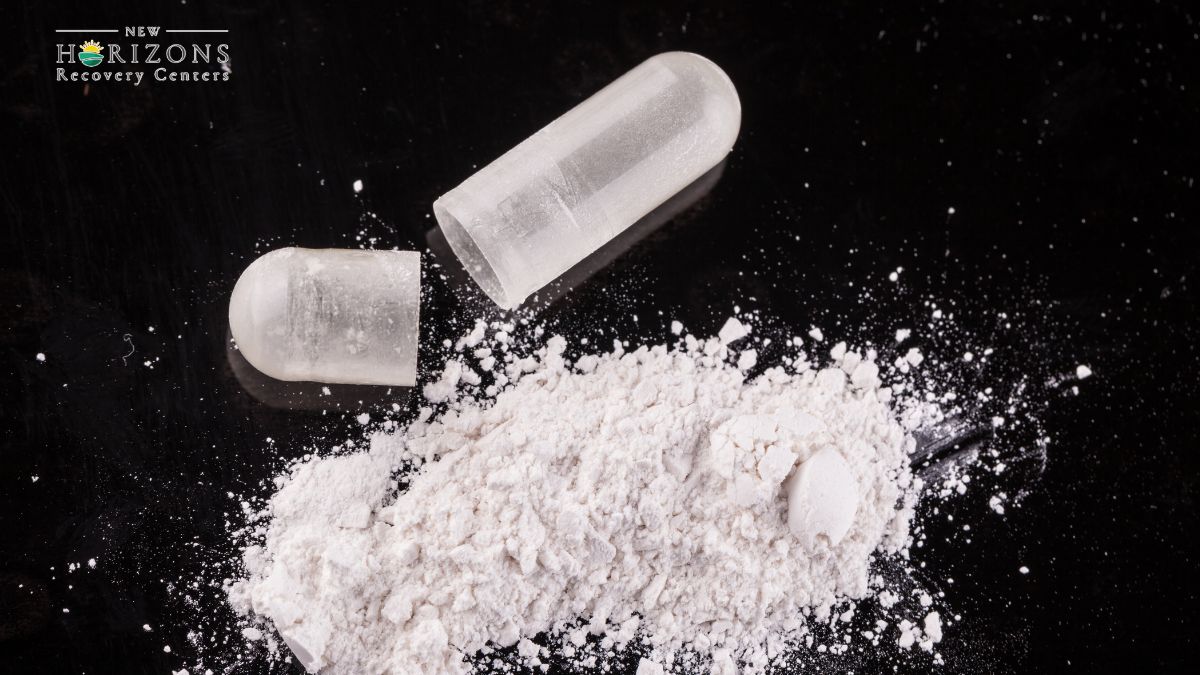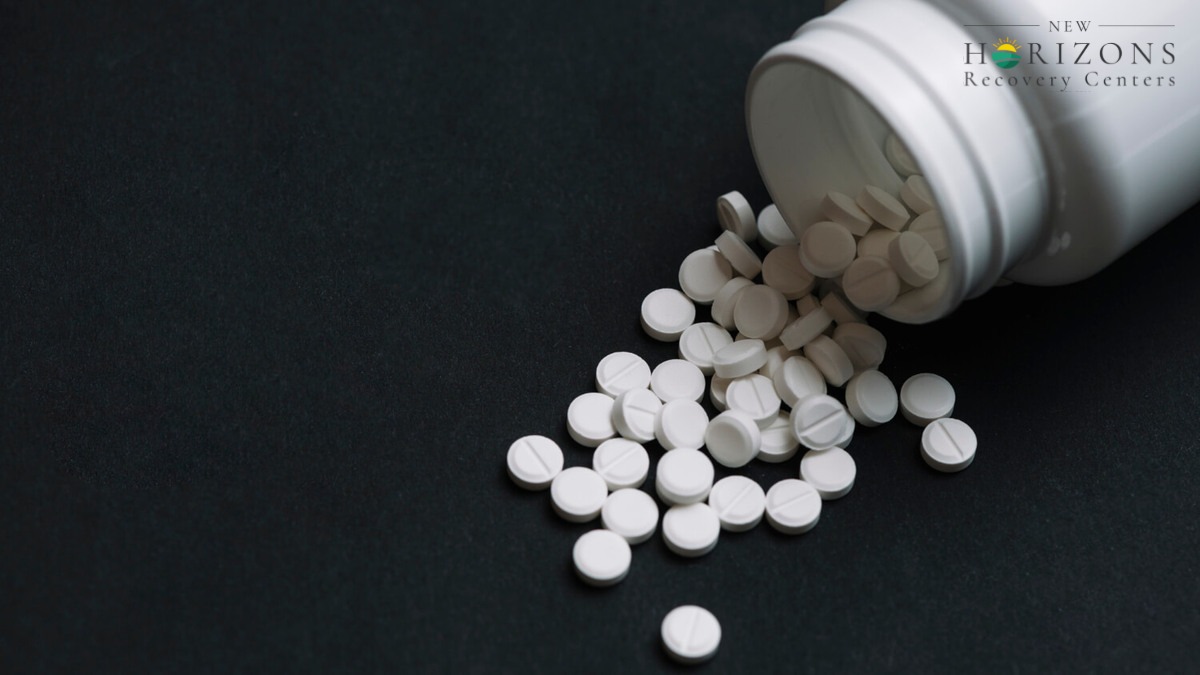Building a Strong Support System
When it comes to lasting recovery in teens facing addiction, having a strong support system is crucial. A support system consists of individuals who provide emotional, practical, and sometimes even financial support throughout the recovery journey. It plays a vital role in helping teens overcome challenges, maintain motivation, and prevent relapse.

Importance of Support Systems
The importance of support systems cannot be overstated. Studies have shown that having a strong support system has numerous positive benefits, including higher levels of well-being, better coping skills, longer and healthier lives, and a reduction in symptoms of depression, anxiety, and stress.
Social support helps individuals reconnect with the external world, focus on interactions with others, and receive valuable advice, ultimately reducing feelings of anxiety, depression, and other emotional conditions [1]. Having a support system provides individuals with a sense of belonging and connection, which is essential for their overall well-being and recovery.
Unprompted check-ins from supportive individuals can encourage healthier behaviors, provide emotional buoyancy during depressive episodes, and prompt individuals to recalibrate and recommit to their recovery process. Knowing that there are people who genuinely care and are there to provide support can be a powerful motivator for teens in their journey towards lasting recovery.
Benefits of Support Networks
Building a strong support system offers numerous benefits for teens in recovery. Research has shown that having a social support system can have a positive impact on overall mental health. In a survey, individuals with emotional support reported lower stress levels compared to those without support [2].
Some key benefits of support networks include:
- Combatting social isolation and loneliness, which are risk factors for physical and mental health issues such as high blood pressure, weakened immune system, anxiety, and depression.
- Providing a sense of belonging and connection, reducing feelings of alienation and increasing self-esteem.
- Offering practical assistance, such as transportation to treatment sessions, help with daily responsibilities, and encouragement to engage in healthy activities.
- Providing emotional support, understanding, and empathy, which can help teens navigate the challenges of recovery.
It's important to remember that building a support system is a unique and individual process. The size of the support network may vary from person to person, ranging from just a few trusted individuals to a larger group. The composition of the support system can include family members, friends, support groups, mentors, and professionals.
Taking care of one's mental health and well-being is crucial during the process of building a support network. Practicing self-care strategies and utilizing resources from mental health programs can help individuals maintain their own well-being while also developing their support system.
In the journey towards lasting recovery, teens need a strong support system to lean on. The benefits of having a support network are invaluable, providing the encouragement, understanding, and guidance necessary for teens to overcome challenges, achieve lasting recovery, and build a healthier future.
Support Systems for Teens
As adolescents navigate the challenges of addiction and work towards lasting recovery, a strong support system plays a crucial role in their journey. Two key components of a support system for teens are family dynamics and positive peer pressure.

Impact of Family Dynamics
Family dynamics can have a significant impact on a teenager's mental health and overall well-being. Adolescents who experience conflict, neglect, or abuse within their nuclear family are more likely to develop mental health issues, including depression, anxiety, and substance abuse. On the other hand, a supportive and nurturing family environment can provide a solid foundation for a teenager's recovery.
Family involvement in treatment is essential for the successful recovery of adolescents. Research has shown that when families actively participate in their teenager's mental health treatment, better outcomes are achieved. These outcomes include improved mental health, reduced symptoms, and better functioning in school and social settings. Family therapy is a well-established approach in adolescent addiction treatment, providing a platform for open communication, strengthening relationships, and addressing any underlying issues that may contribute to substance abuse. For more information on family therapy, visit our article on family therapy for adolescent addiction.
Role of Positive Peer Pressure
During adolescence, peer pressure becomes particularly influential due to changing hormones, developing brains, and emerging identities. Friend groups play a crucial role, and the need to fit in significantly influences decision-making during this stage [5]. While negative peer pressure can lead to harmful behaviors, positive peer pressure can be a powerful force for change and growth.
Positive peer pressure fosters a sense of belonging, self-confidence, and a solidified sense of self in teenagers. It encourages behaviors that benefit the individual and their community, leading to positive outcomes [5]. In today's digital age, social media can amplify both negative and positive peer pressure. It's important for parents and caregivers to guide teenagers in navigating social media and help them access supportive online communities.
Peer support programs can be invaluable for teenagers in recovery. These programs provide opportunities to connect with peers who have similar experiences, share coping strategies, and offer mutual support. Being part of a community that understands the challenges of addiction can enhance resilience and provide motivation for lasting recovery. For more information on peer support programs, visit our article on peer support programs.
By creating a supportive environment within the family and encouraging positive peer connections, teens in recovery can build a strong network that reinforces their commitment to lasting recovery. It's important to remember that every teenager's journey is unique, and individualized support is crucial in helping them navigate the challenges of addiction.
Recovery Support for Adolescents
When it comes to supporting adolescents in their journey towards lasting recovery, two key elements play a crucial role: family involvement in treatment and peer support programs.

Family Involvement in Treatment
Family involvement in mental health treatment for teens can have a significant impact on their overall recovery. Research has shown that when families actively participate in their teenager's treatment, it can lead to better outcomes, including improved mental health, reduced symptoms, and better functioning in school and social settings [3].
Family therapy is a powerful tool for supporting a teenager's mental health recovery. It helps address issues related to communication, conflict, and other concerns that may impact the teen's mental health. Family therapy is particularly effective in the context of substance use disorders (SUD) among adolescents. In fact, family-based treatment has been shown to be highly effective for adolescents with SUD compared to other treatment approaches. It is considered a well-established outpatient approach with a strong evidence base.
Involving families in the treatment and recovery process is crucial, as they serve as powerful resources for enhancing success. Despite this, families are not always routinely included in common clinical practice. Therefore, it is essential to prioritize family involvement and provide support and guidance to families throughout the recovery journey.
Peer Support Programs
Peer support programs are another valuable resource for adolescents in recovery. Peer workers with lived experience in addiction play a significant role in supporting youth recovering from substance abuse. They provide non-clinical assistance, share experiences, offer understanding, and suggest coping strategies to enhance the likelihood of sustained recovery. Peer support services are a key component of successful recovery practices.
Participation in 12-step mutual-help organizations, such as Alcoholics Anonymous (AA) and Narcotics Anonymous (NA), can also provide valuable peer support. These organizations create a sense of belonging and universality, connecting individuals with peers who have similar recovery goals. The connections made within these organizations can be instrumental in maintaining abstinence and providing ongoing support throughout the recovery journey.
Additionally, recovery support services within educational settings, such as recovery high schools and collegiate recovery programs, have proven effective in providing social support for young adults in recovery from substance use disorders. These programs create environments that foster relationships between peers with similar recovery goals and have been associated with an increased likelihood of abstinence among participants.
By involving both families and peers in the recovery process, adolescents can benefit from a comprehensive support system that addresses their unique needs and challenges. Family involvement in treatment and peer support programs not only provide practical support but also create a sense of community and understanding, promoting lasting recovery in teens.
Strategies for Lasting Recovery
To ensure lasting recovery in teens struggling with addiction, it is essential to implement effective strategies that address their unique needs. Two key strategies that have shown positive outcomes are recovery activities and programming, as well as the integration of health care and social services.
Recovery Activities and Programming
Recovery activities and programming for adolescents should be fun, structured, monitored, and reinforced. Creating a supportive environment with bonding opportunities and positive recovery role models is crucial. By engaging in activities that promote physical, emotional, and mental well-being, teens can develop healthy coping mechanisms and build a strong foundation for lasting recovery.
Participation in 12-step mutual-help organizations like Alcoholics Anonymous (AA) and Narcotics Anonymous (NA) can be highly beneficial for teens in recovery. These organizations provide a sense of belonging and universality, connecting individuals to both peers and experienced individuals who play different roles in the recovery process depending on the stage. Through these programs, teens can find support, guidance, and a community of individuals who understand their struggles.
Integration of Health Care and Social Services
Integrating health care and social services for adolescents with substance use disorders (SUD) has proven to be effective in supporting lasting recovery. Integrated care management, which coordinates efforts between different services, allows for a comprehensive approach to address the complex needs of individuals with SUD. This approach has led to improved abstinence rates and utilization of social services among clients.
Recovery support services within the education setting, such as recovery high schools and collegiate recovery programs, have also been instrumental in providing social support for young adults in recovery from SUD. These programs create environments that foster relationships between peers with similar recovery goals and have been associated with increased likelihood of abstinence among participants. By integrating recovery support services into educational institutions, teens can receive the necessary support to maintain their recovery while continuing their academic pursuits.
It is important to ensure that young adults in recovery have access to a wide variety of recovery support services, regardless of their specific needs. These services should be integrated to promote recovery most effectively and provide the strongest possible social support. They can be delivered by non-professionals and para-professionals in various settings, both within and outside the traditional clinical context. By combining the expertise of healthcare professionals with the support of social services, teens can receive comprehensive care that addresses their physical, emotional, and social well-being.
By implementing these strategies, teens can have a higher likelihood of achieving lasting recovery. It is crucial to provide them with the necessary tools, support, and resources to navigate the challenges they may face on their recovery journey. With the right strategies in place, teens can build a strong foundation for a healthier and more fulfilling future.
Challenges in Teen Recovery
Teenagers facing substance abuse and addiction encounter various challenges on their journey to recovery. Understanding the statistics around teen substance use and the impact of substance use on the brain is crucial in addressing these challenges effectively.
Teen Substance Use Statistics
In recent years, there has been a concerning rise in teen substance use and related fatalities. According to data from Innerbody, the number of teen overdose deaths in the U.S. increased dramatically, with a 94% rise in 2020 compared to the previous year. In 2021, there was a further 20% increase, resulting in 1,146 teen overdose deaths. This rise can be attributed to the inclusion and proliferation of illicit fentanyl in opioids, an extremely potent and addictive substance.
However, it's important to note that not all teens engage in substance use. The 2022 Monitoring the Future survey, as cited by Innerbody, found that substance use among teens dropped significantly during the pandemic in 2020 due to social distancing and lockdowns. Since then, substance use has remained at or below pre-pandemic levels. The survey also revealed the three most commonly used substances among teens: alcohol, marijuana, and vaping products.
The following table provides a breakdown of substance use percentages among teens according to the 2022 Monitoring the Future survey:

Figures courtesy of Innerbody
Brain Impact of Substance Use
Substance use during adolescence can have significant effects on the developing brain. Studies have shown that regular substance use, particularly alcohol, can lead to declines in gray matter in the hippocampus and frontal cortex regions of the brain. These areas are responsible for learning and memory functions.
Furthermore, substance use can disrupt normal neurodevelopment in teenagers. Regular alcohol consumption during this crucial developmental stage can slow down neurodevelopment and cause the release of stimulants in the brain to counter neural depression. These effects can have long-lasting impacts on cognitive abilities and overall brain health.
Understanding the statistics and brain impact of substance use emphasizes the importance of early intervention and rehabilitation for teens affected by addiction. By providing comprehensive support systems and evidence-based interventions, we can help teens overcome these challenges and pave the way for lasting recovery.
In the next sections, we will explore strategies for building a strong support system and highlight the role of family involvement and peer support programs in adolescent recovery.
References
- [1]: https://highlandspringsclinic.org
- [2]: https://www.mentalhealthfirstaid.org
- [3]: https://promontwellness.com
- [4]: https://www.ncbi.nlm.nih.gov/pmc
- [5]: https://www.childrens.com/health-wellness
- [6]: https://www.ncbi.nlm.nih.gov/pmc/articles
- [7]: https://www.recoveryanswers.org/research-post
- [8]: https://www.innerbody.com





-ink.jpeg)
-ink.jpeg)
